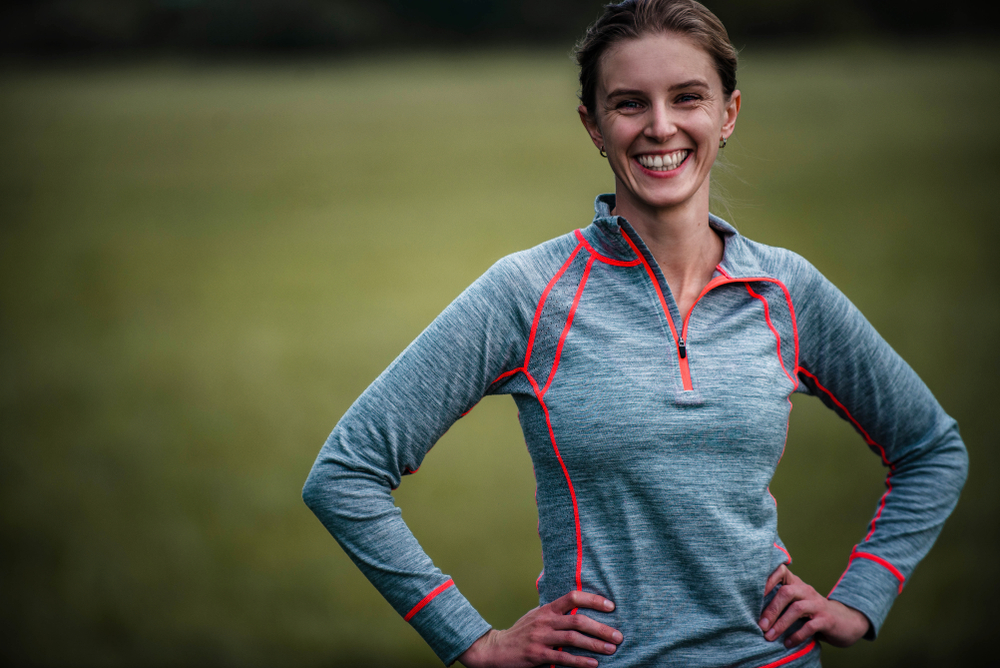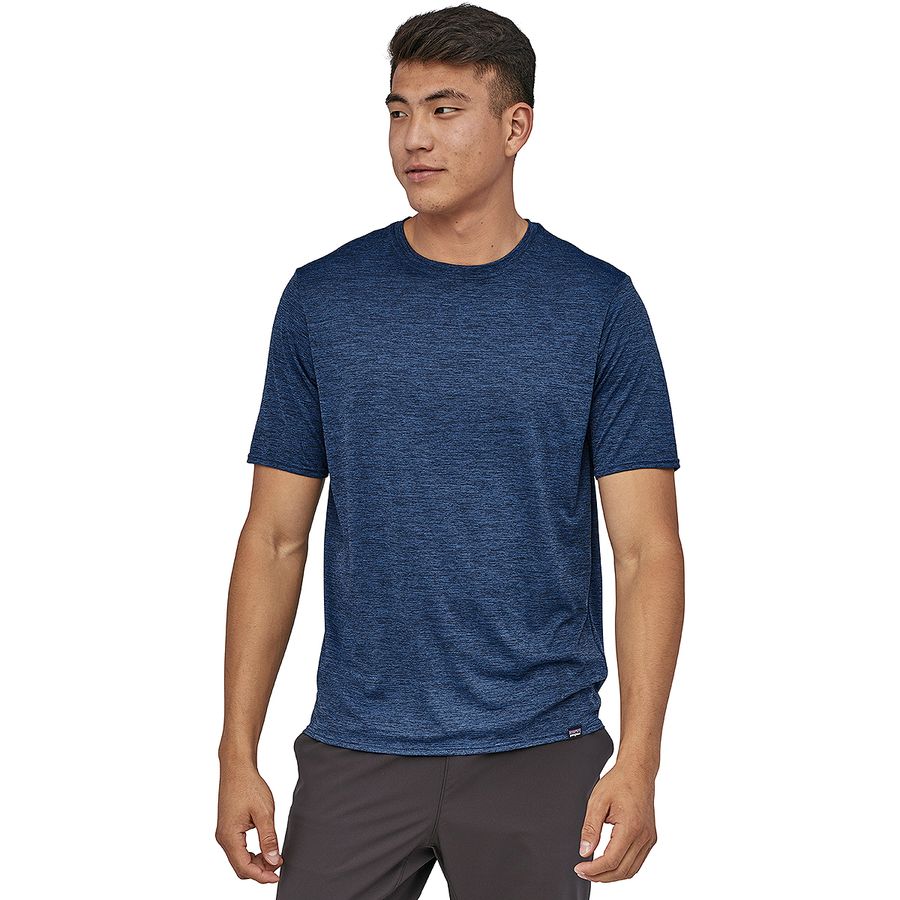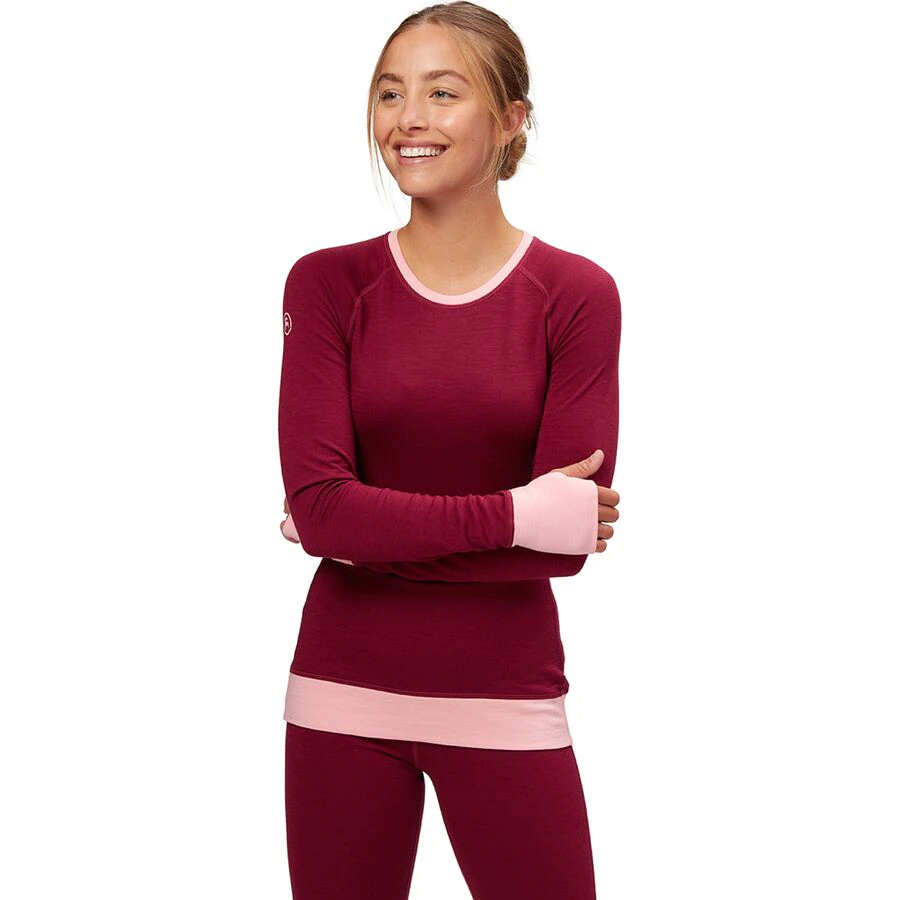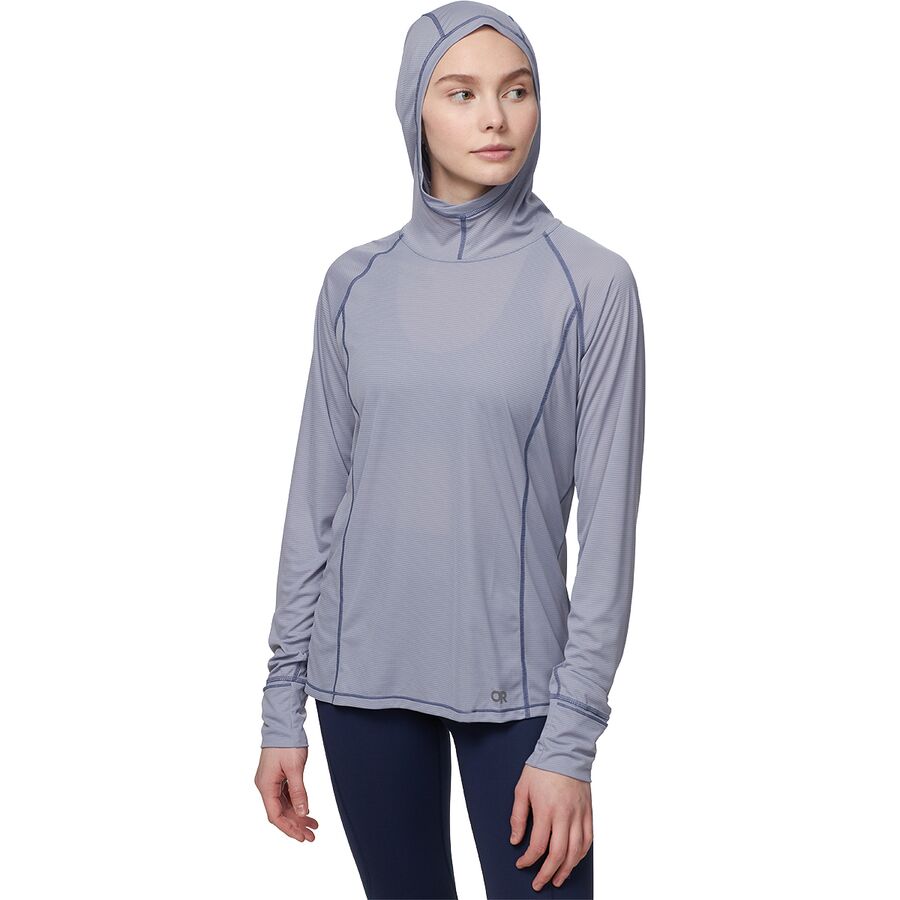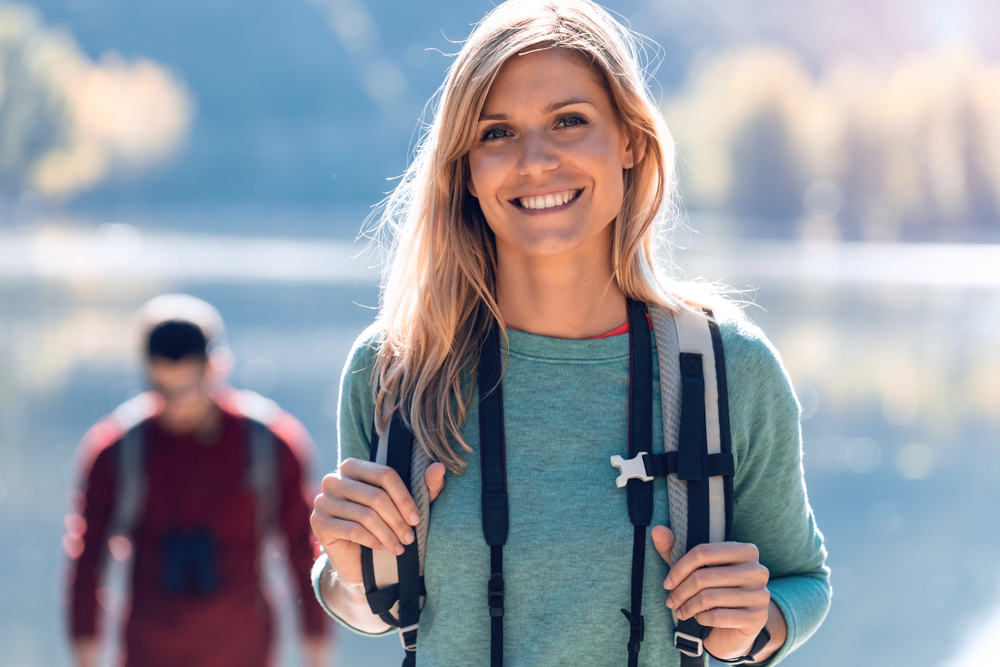
When you’re selecting hiking shirts for climbing Kilimanjaro, you don’t need to buy something special that you will only wear on this trip. The same hiking shirts you wear on Kilimanjaro will work for you on any mountainous hiking trip.
The main factor to consider is the wide range of temperatures and weather that you might encounter. During the early days of your trek, it is likely to be warm and sunny. It is going to be cooler at night and could rain at any time. As you gain elevation it will get cold and it could snow. You will want a selection of shirts that can keep you comfortable during all of these conditions.
HIKING SHIRT MATERIALS
The first thing to look at in a hiking shirt is the materials list.
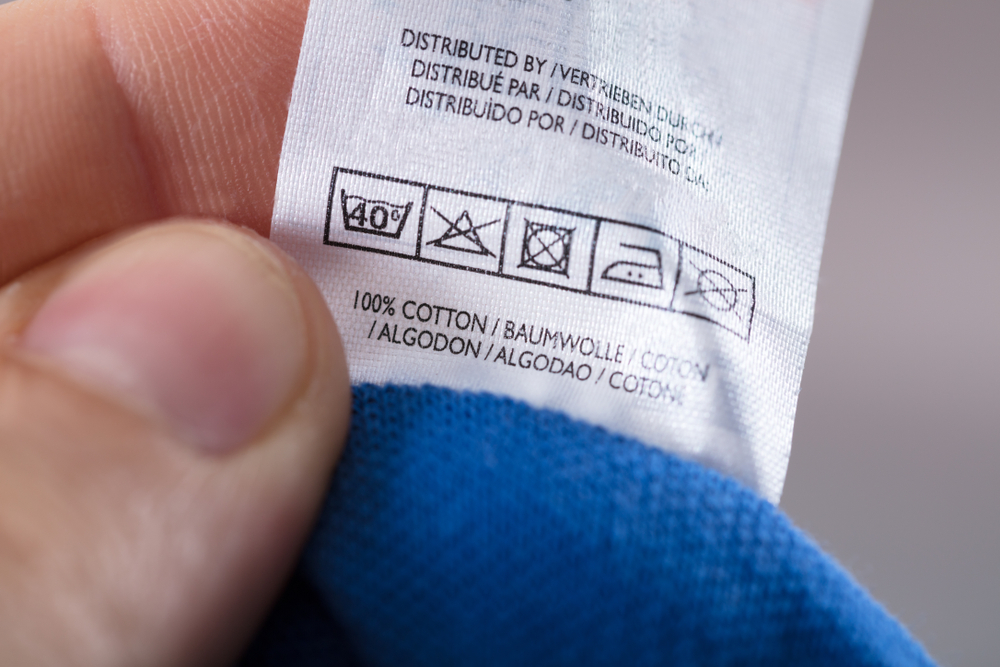
There is a saying in the mountains, “Cotton kills.”
Cotton absorbs moisture, from the sweat of your exertion, to mist, rain, or snow. Once cotton is wet, it provides little insulation, and it doesn’t dry quickly. This means that wet fabric is sitting on your skin, making it hard for your body to stay warm. Ladies, this includes your bra – check the label, make sure there is no cotton, not even a cotton blend. Because of the types of conditions that you are likely to encounter, cotton has no place on the mountain. Save that favorite cotton t-shirt to keep you cool and comfortable on the airplane during your travel days.
The types of materials you do want to look for in hiking shirts are ones that wick sweat away from the skin, dry quickly, and retain warmth even when wet.
This means you’re looking for synthetic fabrics or merino wool. The advantages of synthetic fabrics are that they are excellent at wicking moisture away from your body, dry very quickly, and are fairly inexpensive. These fabrics include some variation of polyester, nylon, acrylic, and/or spandex. Every popular outdoor brand that sells shirts for athletic pursuits is going to use moisture-wicking fabrics.
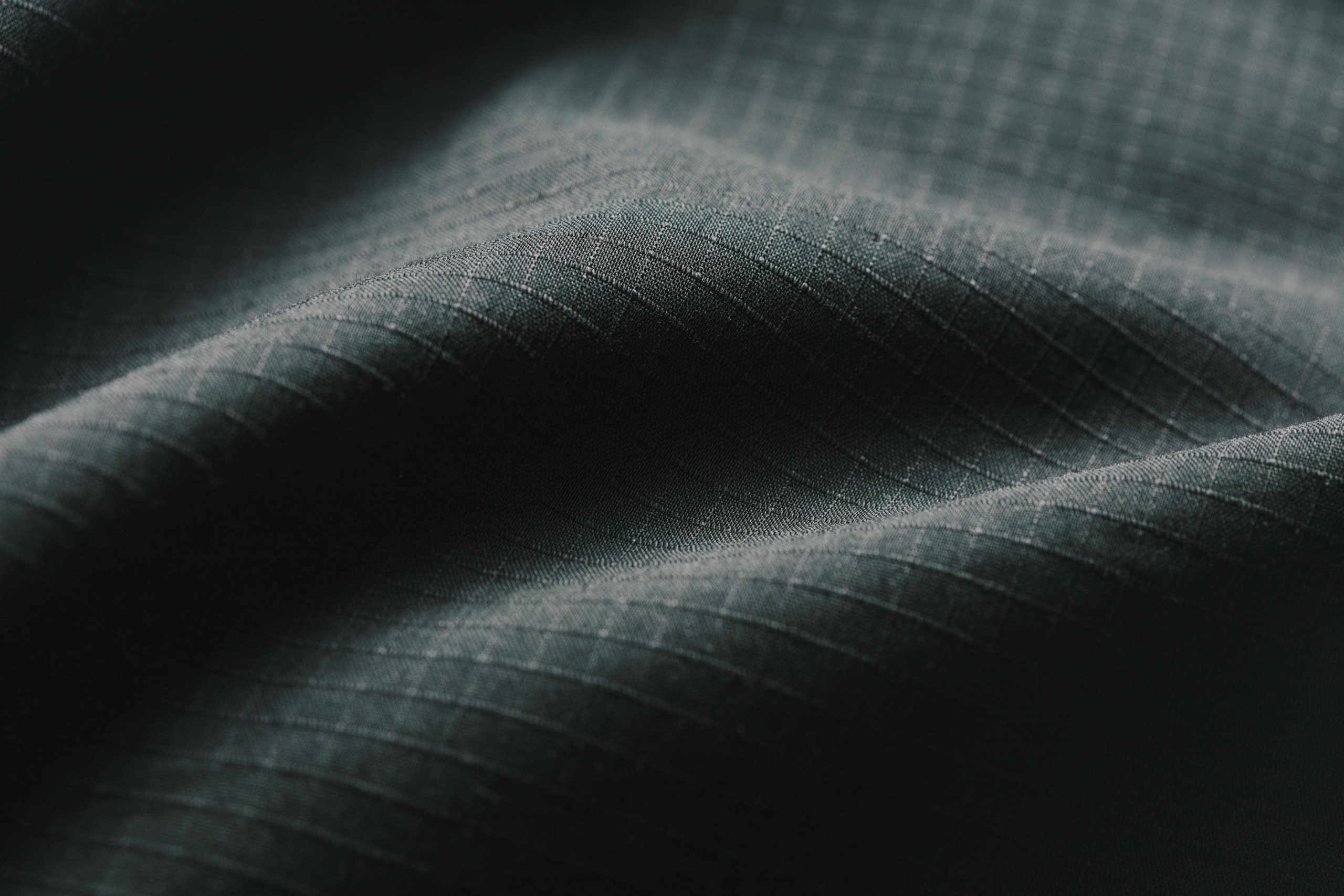
One disadvantage of synthetic fabrics is that, in the process of wicking sweat away from your body and drying quickly, the bacteria (and stink) of the sweat gets trapped in the weave of the fabric. This isn’t a big deal when you wear that synthetic t-shirt to the gym and then change right away when you’re done with your work out. It can become a legitimate consideration when you’re on a multi-day trip and plan to wear the same shirt more than one day.
I love merino wool! It is a nice natural fiber fabric that retains warmth when wet and it doesn’t smell after I’ve sweated in it. The downside is it tends to be more expensive.
LONG SLEEVE OR SHORT SLEEVE?
Now that we’ve talked about what material to look for in the fabric of your shirts, we’ll look at what types of shirts you might want.
Regardless of the route you decide to climb on Kilimanjaro, you will want some variety of shirts. You will want short-sleeve and long-sleeve base layer shirts. How many of each of these options you choose to pack is up to you but keep it reasonable. You do not need a fresh shirt for each day. The Peak Planet Gear List recommends 1-2 short sleeve shirts and 2 long sleeve shirts.
SHIRT FIT AND WEIGHT
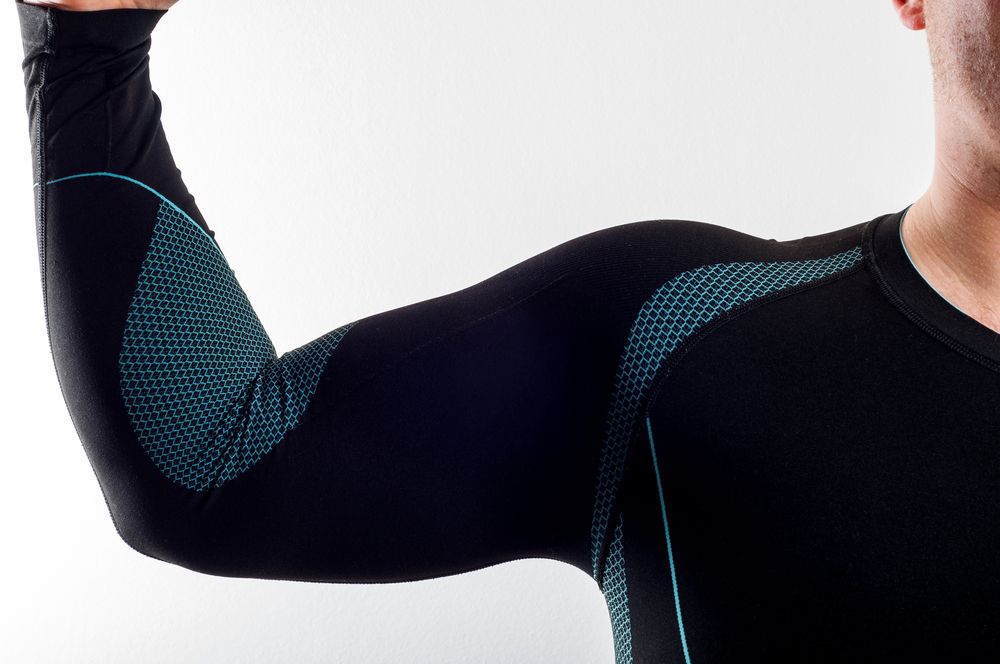
Base layers should fit fairly close to the body. This enables them to do what they are intended to do – wick perspiration away from the body. If your shirts are too loose, the space between your skin and the fabric impedes their function. The fabric needs to lay against the skin in order to pick up moisture. So, select a size that fits snug.
In addition, base layer shirts come in different thicknesses. Generally, there are three different base layer weights:
Lightweight base layers are ideal for hiking in hot to cool weather.
Medium-weight base layers are ideal for hiking in cool to cold weather.
Heavyweight base layers are ideal for hiking in cold to very cold weather.
With the exception of summit night, your daily hikes will be done in the daytime in warm to cool temperatures. Therefore lightweight and medium-weight base layers are recommended. Heavyweight base layers will most likely be too hot for most people.
RECOMMENDED PRODUCTS
Let’s look at some good hiking shirt options. Note that the items below are specific items, but our purpose in presenting them is to show you an overview of products. There are many different brands and models that will perform beautifully.
Here’s an example of a short- sleeve synthetic t-shirt:
These would work well for most of your day hikes as long as the weather is warm and sunny.
I like medium-weight, long-sleeved base layers for cooler days. Long-sleeve base layer tops normally come with a crew neck collar. This one is merino wool:
Some long sleeve shirts have a half-zip. This allows for added ventilation when necessary. For instance, you could have the zipper up when you begin your hike while it is cooler and then put the zipper down as you and the weather begins to warm up. Here’s an example of a synthetic long-sleeve half zip:

Some people prefer the look and feel of a button-up, collared hiking shirt (and these shirts look amazing during a safari). If that’s your thing, go for it. Just make sure it is intended for hiking and is made out of moisture-wicking material. Here’s an example of a button-up hiking shirt:
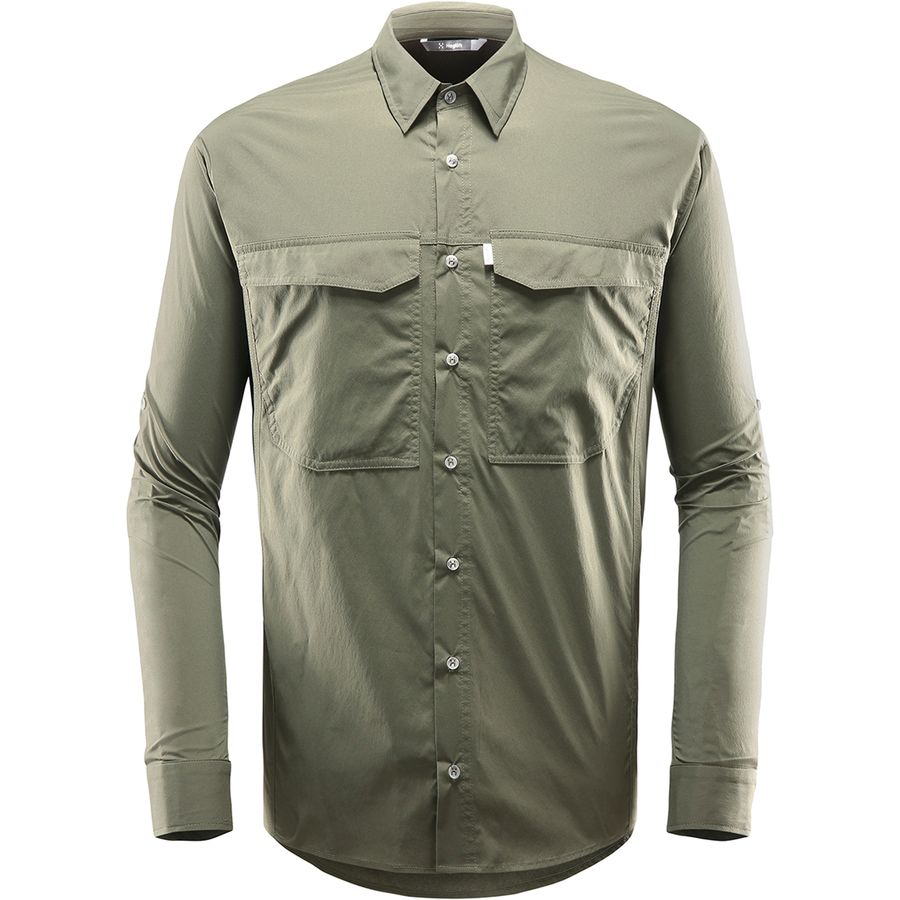
Finally, we have the pull-over sun hoody. These are great because they cover the entire body. Paired with a ball cap, sunglasses and lightweight gloves, you can cut your sun exposure to almost zero. I own this hoody and it’s super versatile.
Here is a men’s sun hoodie.
THE BOTTOM LINE
There are a lot of products out there with tons of different features and, if you’re newer to shopping for hiking clothing, it could seem a little overwhelming. All of the options shown above are economical, practical and sufficient for use while climbing Kilimanjaro. What you ultimately bring on your climb is a personal preference. Experiment at home and learn what works best for you. Most people bring a variety of different types of shirts so they can adapt to what the mountain brings.
The bottom line is, if you’ve been training to prepare for your trip then you probably already own at least some of these types of shirts. Look at the materials list of the short and long-sleeve shirts you own and maybe pick up a couple extra items to round out your system. Something as simple as the right base layer top could make all the difference in keeping you warm, dry, and comfortable on your climb. Paying attention to these little details in your planning and packing can go a long way toward ensuring an enjoyable and successful climb.


